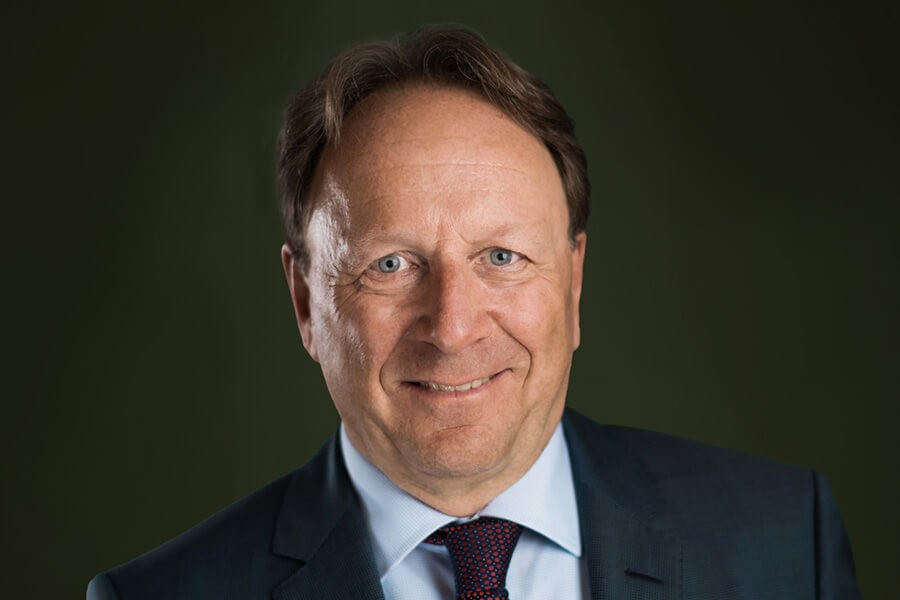Most charitable foundations want (or need) to invest sustainably. That is why they are concerned with SRI and ESG, but often fail to implement them. How can foundations develop, implement and monitor an ESG- and SRI-compliant investment strategy without much effort?
Four out of five non-profit foundations in Switzerland are committed to ESG criteria. However, many of them have great difficulty in implementing them consistently. They simply lack the time, the resources and, above all, the necessary expertise. Only one in nine foundations invests its assets with a comprehensive investment strategy that also takes ESG criteria into account.
This means that too many foundations are missing out on the opportunity to influence and make a difference with their investments. This is the result of the study “Activating the impact of sustainable investing” published by Lombard Odier and proFonds, the Swiss umbrella organisation of charitable foundations and associations.
Investment returns serve the foundation’s purpose
No foundation is like another. That is why each one needs its own individual investment strategy. The foundation for this is its investment guidelines, which should be formulated as succinctly as possible and yet be precise. Many foundations are managed by honorary foundation councils that lack investment knowledge, sustainability know-how or time.
Therefore, foundations are increasingly delegating their asset management. It makes sense to delegate this to an independent advisor who looks after other foundations and has automated and standardised its processes with proven tools.
Then the effort to implement and monitor the investment strategy is not so great. The most work is involved in defining the values of the foundation, the ESG-compliant investment strategy to be derived from them and the elaboration of the concrete regulations for a sensible implementation.
Separating the wheat from the chaff
Everyone is talking about SRI, i.e. ethical investments, ESG and impact investing. It is difficult to maintain an overview. Of the well over a hundred thousand open and closed-end funds and ETFs worldwide, only a minority have an ESG rating or label. These are awarded by numerous ESG service providers, each applying its own methodology. In addition, banks also have their own ESG approaches, which are mostly integrated and difficult to compare.
That is why we select investments according to the values of the foundation and a precise analysis of very numerous ESG criteria. We use the ESG databases of MSCI and ISS, among others, for this purpose. For example, it is conceivable to divide the funds into three classes, as we recently did for a foundation:
- Funds that belong to the top 10 percent according to the evaluations specifically tailored to the value dress,
- closed-end investment funds that make a positive contribution to the ESG goals set, or
- Investment funds which by their nature do not conflict with the selected ESG criteria (for example real estate funds).
The risk of greenwashing is greater with investment funds, which usually have an integrated but not always transparent ESG approach, than with companies. That is why we work with trustworthy rating agencies and thoroughly examine potential funds ourselves.
This means that we hold discussions with those responsible, study all reports, check the long-term track record, carry out due diligence and closely monitor ESG reporting after an investment has been made.
The added value of independent advice
Foundations without their own SRI specialists and ESG know-how for financial investments should seek the support of a product-independent consultant. This advisor discusses the topic with the foundation board until he understands the prioritisation of the foundation’s values, asks critical questions, analyses previous investments, develops an implementable ESG-compliant investment guideline and strategy with the foundation board, recommends suitable investment opportunities, monitors the portfolio and reports transparently on performance.
Ultimately, the aim is to ensure that the foundation achieves its financial goals efficiently and that its investments can serve the foundation’s purpose
At FINAD we are convinced: “Shared knowledge is at least double knowledge. That is why we share our know-how with foundations, train their staff and give them access to our analysis tool.”

